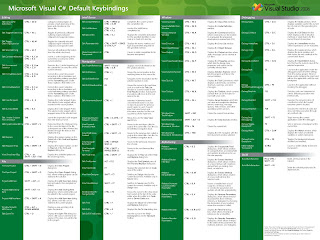
A couple of months ago, I came to an important realization. Many of my favorite bands and artists have become my favorites, because of the guitar. This is especially true for many of my favorite songs. "Fragile" by Sting, "Private Investigations" by Dire Straits, most everything by Mike Oldfield, and the list goes on and on.
I believe I've had this thought for many years, the thought of discovering music, that was all about the guitar, the acoustic guitar. Every time that I've tried to find some artists, that do pure guitar music, I've failed. But not this time. With a little help of some cool new websites, I got on track to find a truly amazing duo, Strunz & Farah.
I initially tried to google spanish guitarists, but the Flamenco genre was not quite what I was looking for. Pandora.com to the rescue. I added the artists that I've found, and hit play. The first few songs got a thumbs down, but slowly, I was on my way to find Strunz & Farah, two truly amazing musicians. You can read more about them here:
I fell in love with their music instantly, and the first thought was, wow, it would be really cool to go to a concert with these guys. Are they still active? They have been together for some 30 years. Luck was on my side, and I found a venue close to home, which was perfect. My wife and I enjoyed the concert tremendously. Admittedly, me more than her, but it was an amazing display of how you can be in supreme control of a guitar, and produce beautiful music.
If they come back, I'm going to go see them again.

